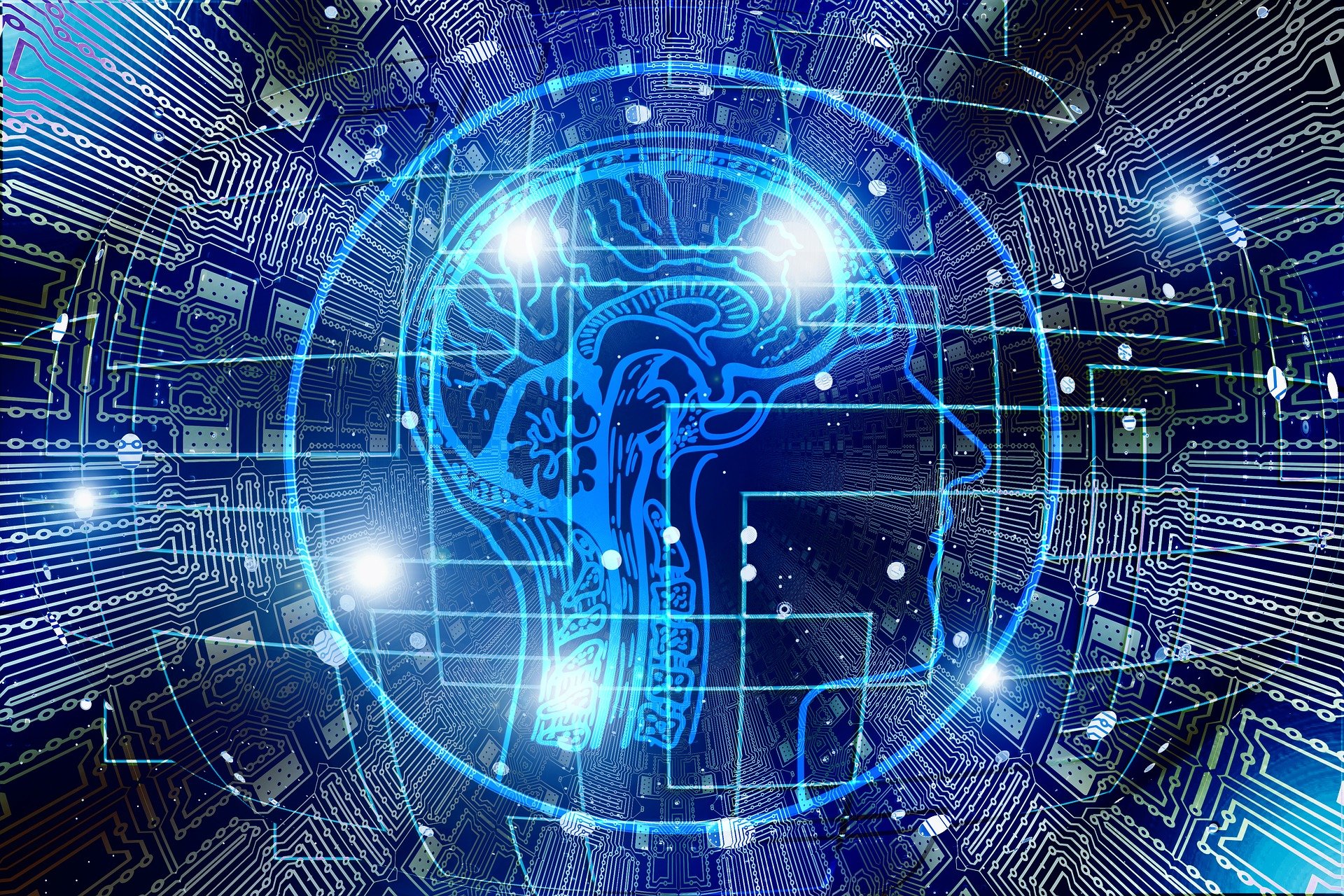MBO Basics source

The primary function of MindBody Ops is to provide education, coaching, and guidance to help people improve their lives through the process of learning more about how our minds work, demonstrating the important place our minds have in creating our experience, and introducing a variety of methods with which to affect change via the mind/body system.

There are many different models we can use to gain a better understanding of how things work. In MindBody Ops, we use conceptual models functionally, with less attention placed on whether the model exactly replicates how things work. The more important issue is “is the model useful?”
One of the models used is called the Mind As Computer Model, or MAC Model. We know that there are ways in which the mind does not function like a computer, but the parallel is close enough to provide great insight in to how many of our internal processes work, and more importantly, it allows us to act on these processes so that we can gain more control.
This computer analogy isn’t new. We frequently hear people referring to our “operating system,” or talking about “installing resources.” The reason why the computer analogy is so popular is because it accurately mimics how much of our mind works.
MindBody Ops uses this model in a number of ways, but one of the primary ways is by creating a cognitive structure that can be used to help develop action steps based on four categories: Detect, Disrupt, Debug, Recode. There are many different tools and techniques that can be used within each category, all which accomplish the goal of each category. Which tools and techniques are used depends upon an individual’s preference and constitution. In this way, we don’t need to subscribe to the dogma of a particular method, but only extract what we need to accomplish the goal.

MindBody Ops frequently attempts to maximize an individual’s success by guiding and providing concepts and tools from numerous different traditions. This is done in an attempt to discover what resonates the strongest with an individual.
This somewhat hybrid, piecemeal approach is sometimes criticized for borrowing ideas from belief systems that are complete as they are. We would like to state that we agree that many belief systems contain everything that a person needs to grow and evolve without having to “borrow” ideas from other systems. However, most of these systems are also laden with cultural and dogmatic beliefs and concepts that might not resonate with an individual.
So our stance is this; if an individual has a strong pull towards one particular belief system and can find everything they are looking for without being hindered by cultural or dogmatic expressions, we absolutely support dedicating to that tradition and acting with the concepts and tools that lie within.
However, if someone does not resonate with some of those cultural or dogmatic pieces, they should still be able to extract and use the concepts and tools that are designed to elevate and evolve the human condition. Because deep within the cultural and contextual trappings, mixed in with the myths and the stories, are powerful technologies that can liberate an individual from old and disorganized thinking and guide them to higher states of consciousness and well-being.
So the hybrid technique of borrowing from many teachings and traditions is not to downplay the adequacy of any particular tradition, but to maximize the chances of finding concepts and tools that will resonate with an individual, increasing their chances of success.